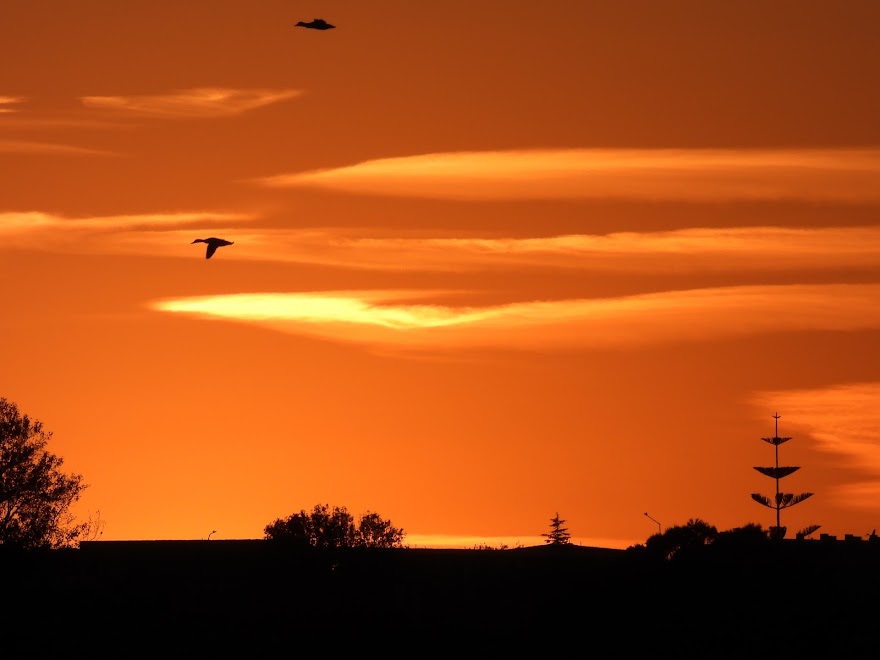When we come in to Auckland, we generally take the train. They are generally on time and quite comfortable to ride. The ride from our stop, Sturges Road to Britomart takes about 50 minutes and costs $6.20 if we use our ATHOP cards. These are debit-like cards that you simply wave in front of the card readers at the beginning and end of each trip. Money is deducted based on how far you travel. It is a very easy way to get around the city.
I mentioned Britomart a moment ago. This is the rail and bus terminal on Queen Street in Auckland that was originally a post office. It's style I've read is Edwardian, but don't know Edwardian from Freudian. Here is a shot of it so you'll recognise Edwardian architecture next time you see it.
I think that taking the train from Britomart is exciting. The next photos show the interior. The trains are two levels down.
In the shot above, you can see one of the nicest security guards it has been our pleasure to meet. He is wearing the yellow vest at the right of the picture. We found out that he is a Maori. We got to know him one day not long before my hernia surgery when I needed to sit down for a while after a long day of walking the city. He said hello and we began taking about our story of coming to NZ. He told us recently, as we passed by him on yet another adventure, that his security company would not be working at Britomart any longer. He would be reassigned to another location and would keep his job, but would miss Britomart. We'll miss him too.
And finally, I'll show you one more victim of progress. After surviving the building of the city all around, one little historic tavern is about to succumb to modernisation. I've read that within a year our little friend here, The Kiwi Tavern, will be eliminated. The land it stands on is just too valuable. I would like to stop in and raise a toast to it's memory. -djf
And finally, I'll show you one more victim of progress. After surviving the building of the city all around, one little historic tavern is about to succumb to modernisation. I've read that within a year our little friend here, The Kiwi Tavern, will be eliminated. The land it stands on is just too valuable. I would like to stop in and raise a toast to it's memory. -djf


.JPG)
.JPG)
.JPG)

.JPG)
.JPG)
.JPG)







.JPG)

.JPG)
.JPG)
.JPG)



.JPG)
.JPG)
.JPG)

.JPG)
.JPG)




.JPG)
.JPG)

.JPG)
.JPG)
.JPG)

.JPG)